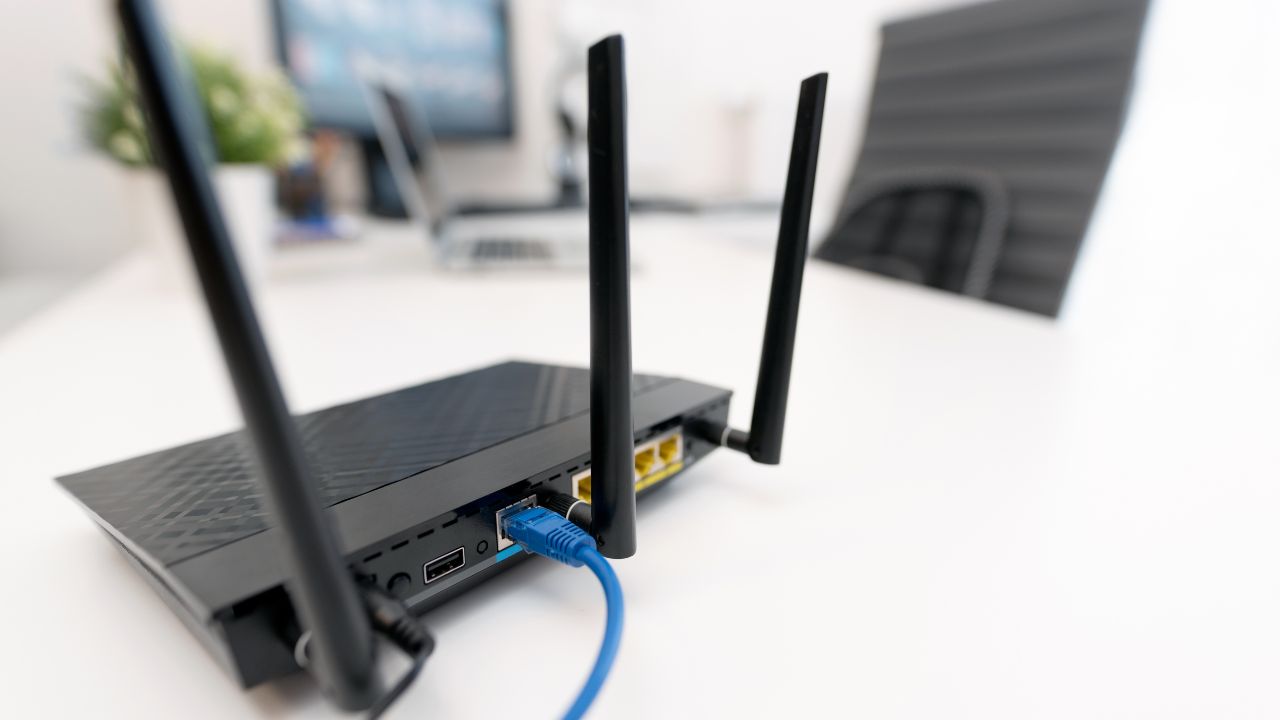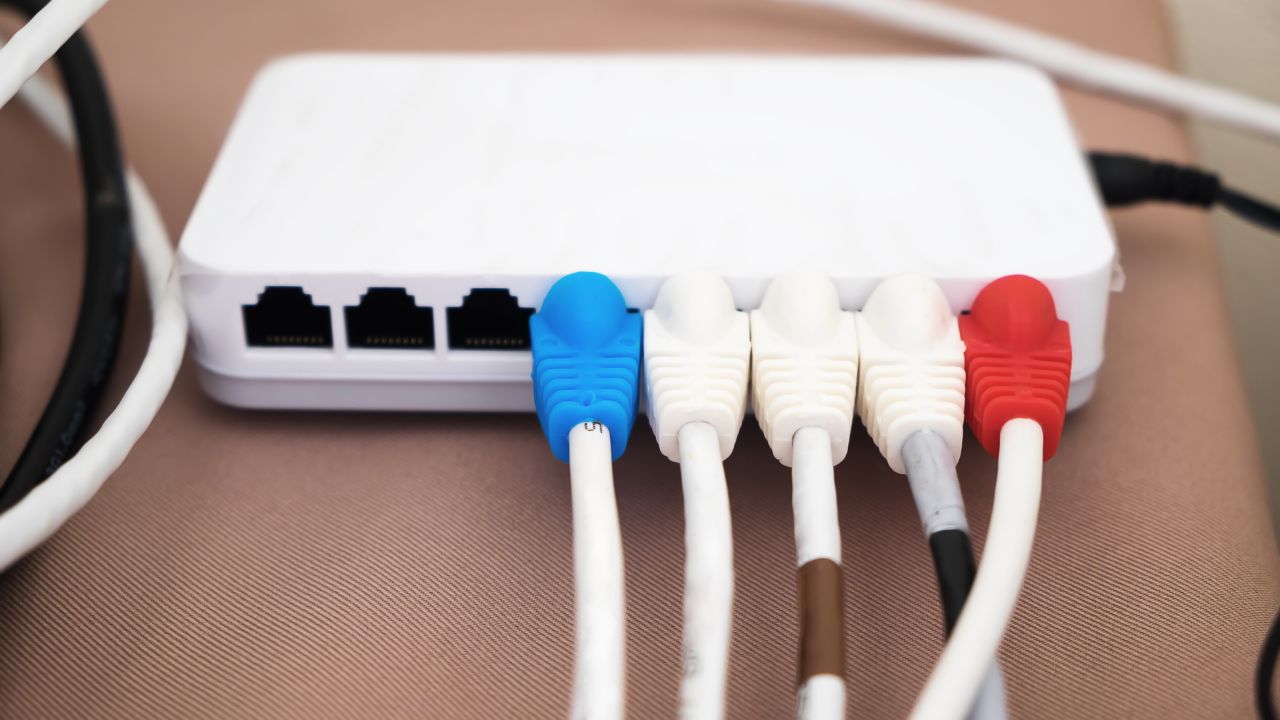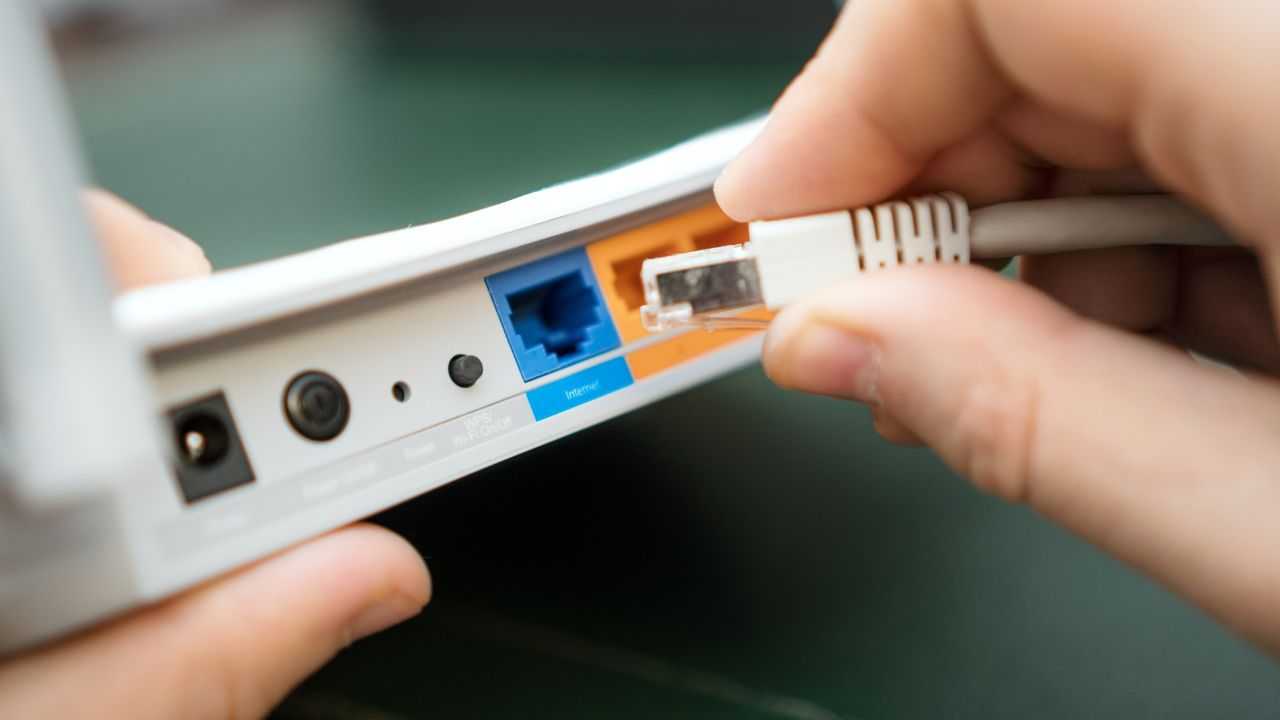Did you know that your old router can be a gold mine for hackers? If you don’t erase your personal data from it before disposing of it, you could expose yourself to a number of problems, including identity theft, fraud, and cyberattacks.
Many people might not know how to properly wipe and reset your router since we rarely adjust settings once it’s installed. That’s why we’ve prepared some easy steps for you to follow before you chuck your old router for good.
What exactly does resetting your router do?
Resetting your router before you dispose of it means restoring it to its factory settings, which erases any changes you have made to its configuration. This includes data thieves find valuable like your username and password, your WiFi settings, and more. It’s important to reset your router before disposing of it because otherwise, someone could access your personal information by simply looking at the router’s memory.
A router’s memory can store various types of information, such as the router’s operating system, configuration files, passwords, and internet history. Some of this information is sensitive and personal and could be used by a hacker to access your network, devices, or online accounts.
MORE: IS YOUR ROUTER IN THE RIGHT SPOT AND IS IT TIME FOR AN UPGRADE?

Restarting vs. resetting your router
Restarting and resetting your router are two different things. When you restart your router, you simply turn it off and on again without changing any of your settings. This can help to fix WiFi problems, such as slow speed or sluggish performance, by clearing its memory and refreshing its connection.
Resetting your router, on the other hand, is a more drastic and permanent action that should be done before you dispose of your router. Resetting your router means restoring it to its factory settings, which erases any changes you have made to its configuration.
This includes your username, and password, your Wii network name and password, your security settings, and any other settings that you may have customized on your router, such as port forwarding, firewall, parental controls, and guest network.
After resetting your router, you will have to set up your network again from scratch.
MORE: HOW TO SECURELY GET RID OF YOUR OLD CELLPHONE

What are the risks if I do not reset my router?
If you do not reset your router, you risk the chance of hackers finding out who you are and what specific network configurations you use, which should be private.
This can allow the hacker to get full access to your private information, such as your name, password, as well as your login credentials, and use it for malicious purposes like selling it on the dark web, holding it for ransom, or something else to cause a tech headache.
You wouldn’t want a hacker gaining information to any of your private devices like your cellphone or laptop, so you should hold the same rule for your router.
MORE: TOP ROUTERS FOR BEST SECURITY 2024
Steps to take before getting rid of your old router
- Backup your settings and passwords. Backing up your router settings means saving a copy of the configuration file that contains all the settings of your router, such as the network name, password, and security mode. You might need them for your new router or for troubleshooting purposes.
- How to Backup your settings? – The process varies depending on your router model, but generally:
- Access the Router Interface: Open a web browser and enter your router’s IP address (usually something like
192.168.1.1or192.168.0.1). Log in with your admin credentials. - Locate Backup/Save Settings: Look for a section related to system settings, administration, or maintenance. There, you’ll find an option to back up your settings.
- Save the Configuration File: Click the backup button to save the configuration file (usually in
.cfgor.confformat) to your computer. - Store Securely: Keep this backup file in a safe place (preferably offline) so you can access it when needed
- Access the Router Interface: Open a web browser and enter your router’s IP address (usually something like
- What to do with the backup?
- Router Replacement: If you ever replace your router (due to an upgrade or hardware failure), you can restore your customized settings using the backup.
- Factory Reset: If you need to perform a factory reset on your router (to troubleshoot issues or start fresh), the backup allows you to quickly restore your personalized settings afterward.
- Configuration Transfer: If you set up a new router, you can apply the saved configuration to the new device, saving time and effort.
- Troubleshooting: If you encounter problems with your current router settings, reverting to a known working state using the backup can be helpful.
- Restoring Settings:
- To restore your router settings from the backup:
- Access your router’s web interface (usually via a web browser and the router’s IP address).
- Navigate to the section where you can upload the configuration file.
- Choose the backup file you saved earlier and apply it.
- The router will load the settings from the backup, including your network name, password, and other customizations.
- To restore your router settings from the backup:
- How to Backup your settings? – The process varies depending on your router model, but generally:
- Disconnect your router from the internet and power source.
- Reset your router to factory settings. This will erase all your personal data and settings from the router’s memory.
- Remove any stickers or labels that have your network name, password, or serial number on them.
- Recycle or donate your router responsibility. Check with your local authorities or organizations for the best way to dispose of electronic waste. Many electronic stores and other organizations have recycling or donation programs at no cost to you. The Environmental Protection Agency has a list of donation and recycling programs listed. You might also consider, Amazon’s Trade-In Program, which is one of the easiest and fastest ways to sell used tech.

How do I reset my router?
Note: these instructions may vary depending on the router model you have. Refer to your router manual or an online support guide for further instructions. Simply do a Google search for the make and model of your router with the word “reset.”
This is how a common router reset works:
- Make sure your router is plugged in and turned on
- Find the reset button
- Insert a paperclip into the hole if instructed to hold down the button for at least 15 seconds
- Release the button, and wait for your router to power back on
MORE: WHEN ONE WIFI ROUTER ISN’T ENOUGH – TOP MESH NETWORKING WINNERS
Kurt’s key takeaways
Resetting your router is essential before getting rid of it. By doing so, you can protect your personal data and prevent hackers from accessing your network and devices.
The good part is that resetting your router is a simple and easy process that only takes a few minutes. It can also save you a lot of trouble in the future.
Remember to back up your settings and passwords, disconnect your router, reset it to factory settings, remove any identifying labels, and recycle or donate it responsibility.
Have you ever experienced any security concerns related to your electronic devices in the past? Let us know by commenting below.
FOR MORE OF MY TECH TIPS & SECURITY ALERTS, SUBSCRIBE TO MY FREE CYBERGUY REPORT NEWSLETTER HERE


